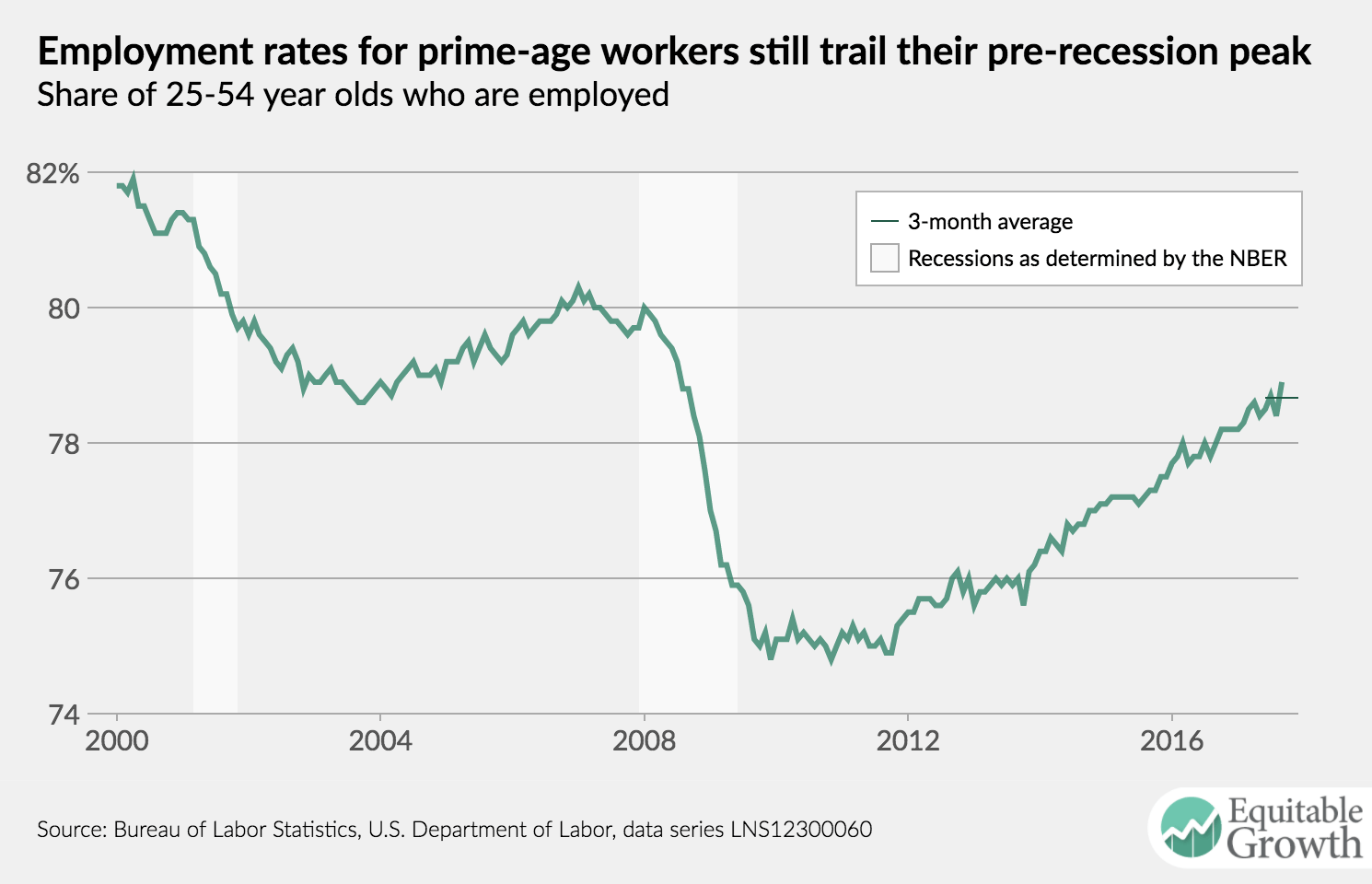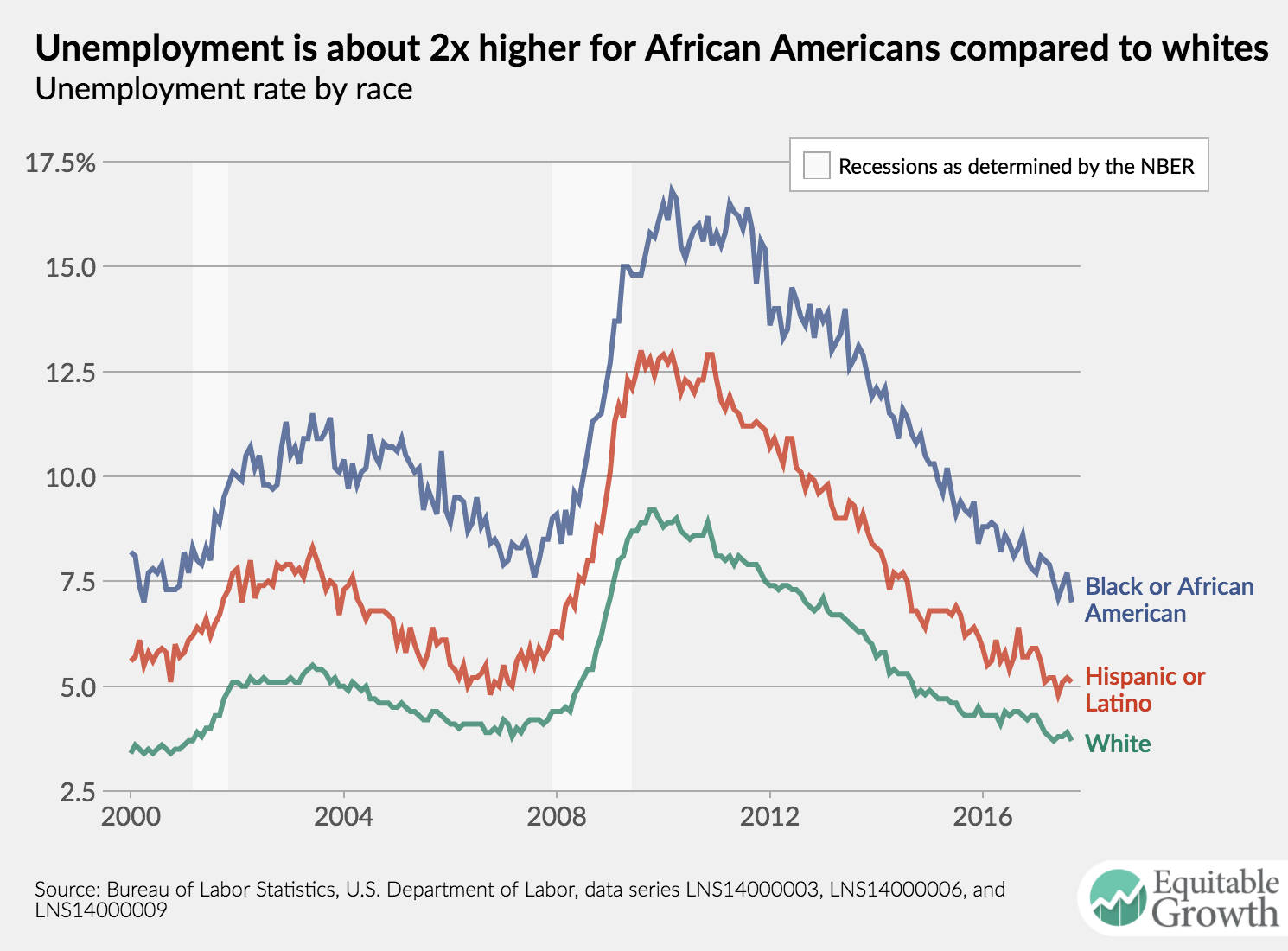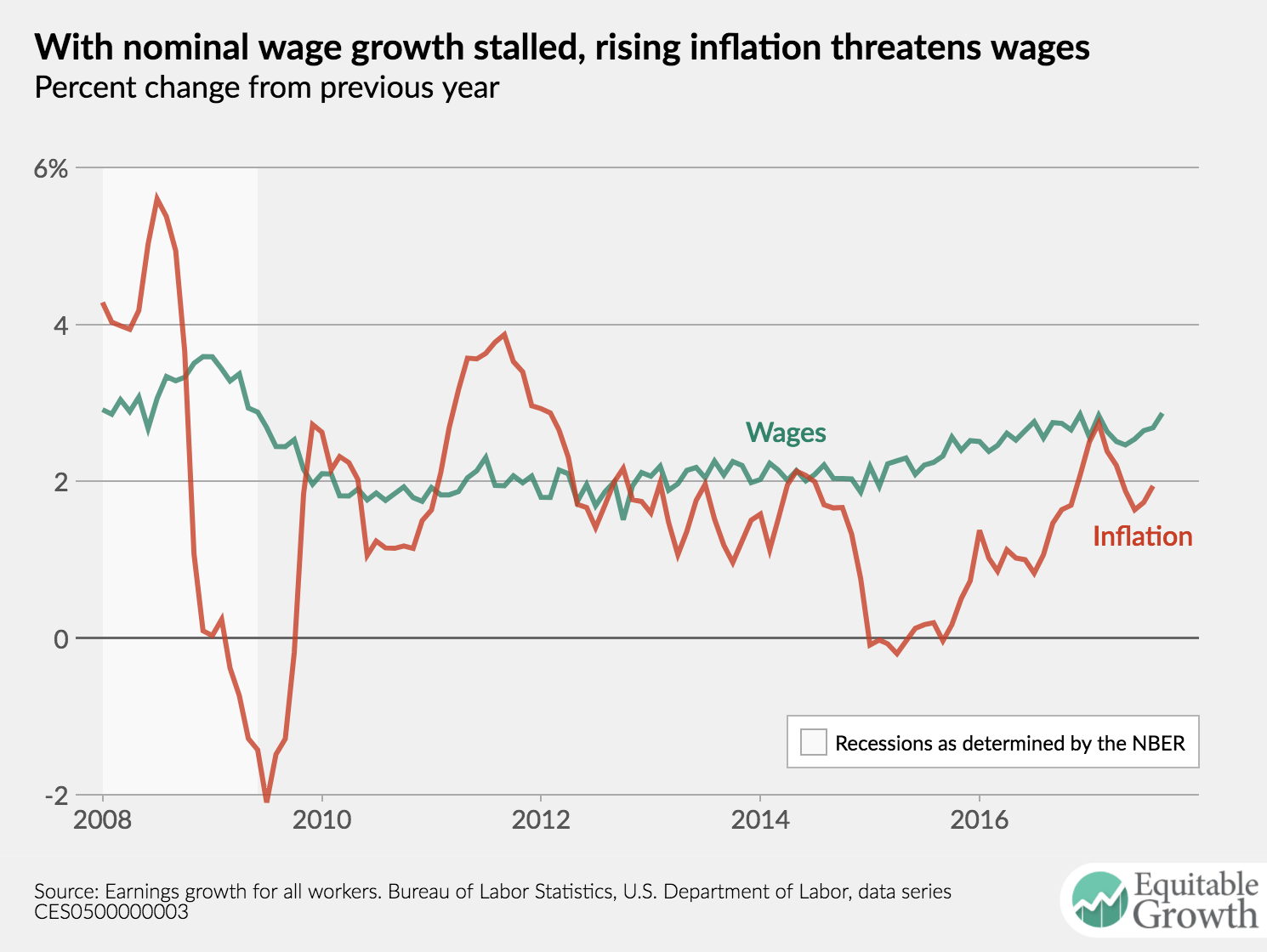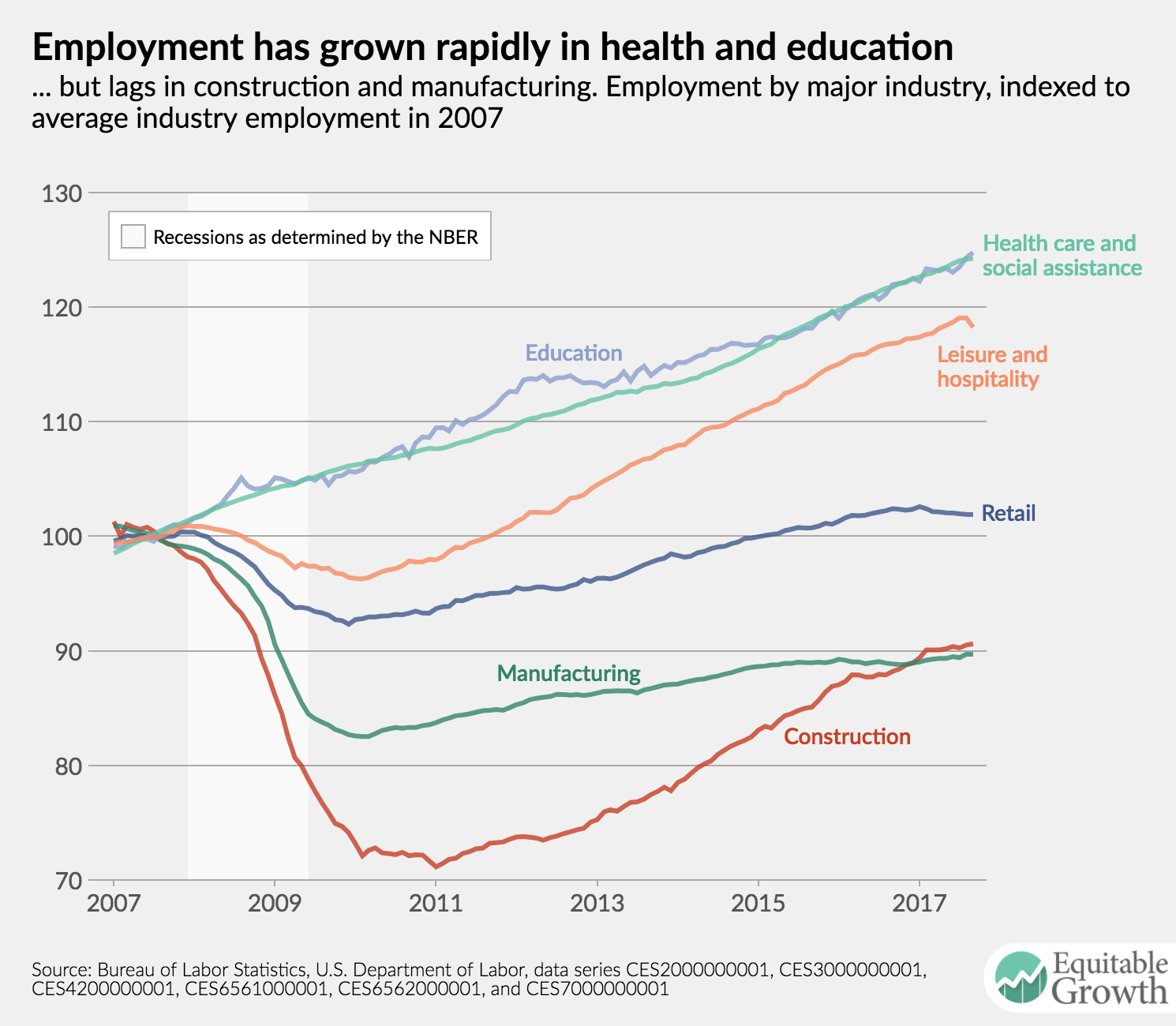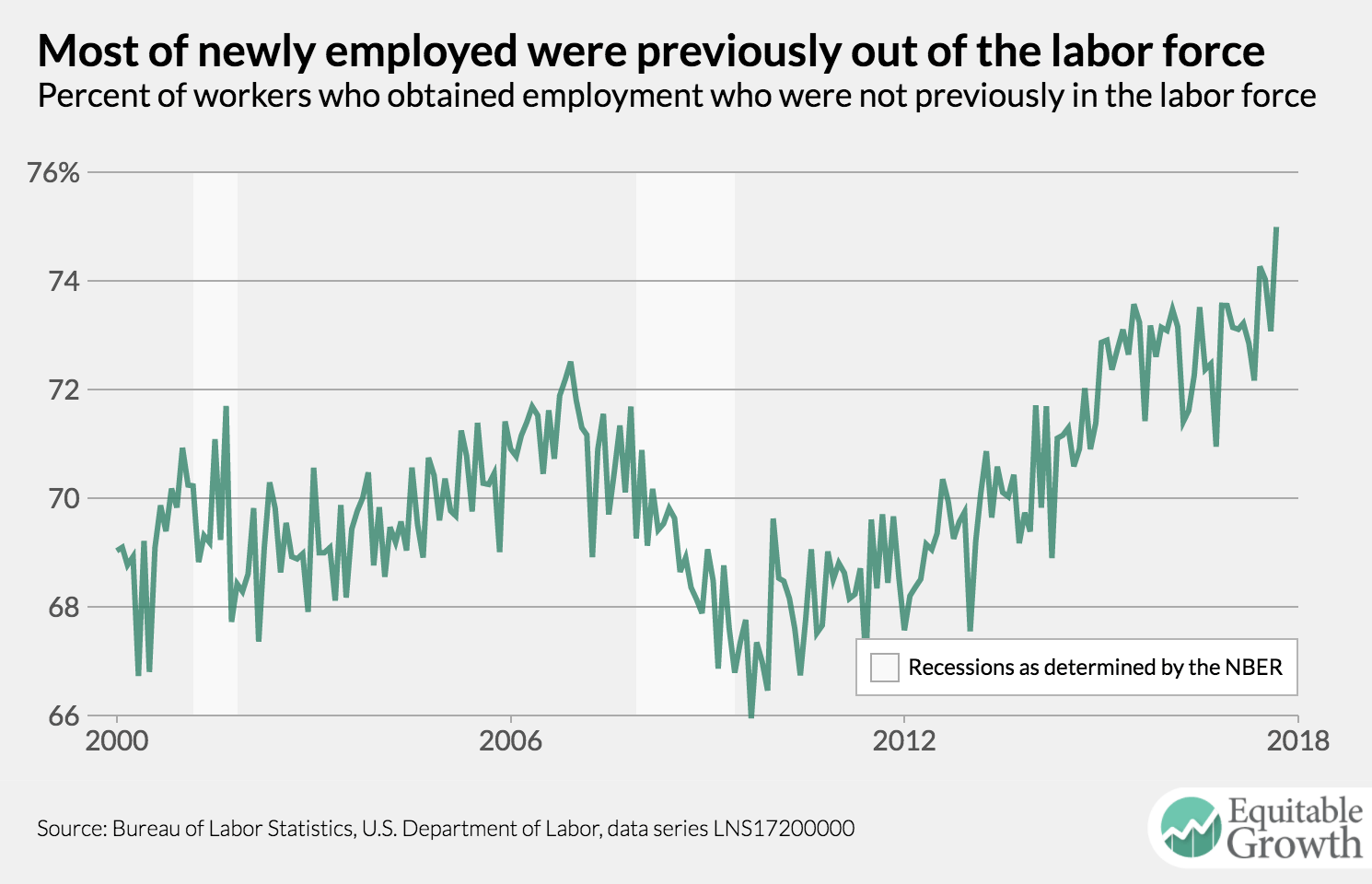This is a weekly post we publish on Fridays with links to articles that touch on economic inequality and growth. The first section is a round-up of what Equitable Growth published this week and the second is the work we’re highlighting from elsewhere. We won’t be the first to share these articles, but we hope by taking a look back at the whole week, we can put them in context.
Equitable Growth round-up
Equitable Growth released a new working paper by University of Louisville’s Elizabeth Munnich and University of Notre Dame’s Abigail Wozniak that digs into why more men are becoming registered nurses.
In light of this new research, let’s try to understand why the rise of men in nursing hasn’t been accompanied by a similar trend in other female-dominant occupations.
A new fact sheet provides an overview of occupational segregation in the United States and takes a broader view of why male-and female-dominant occupations evolve and what that means for wages and the economy.
Nick Bunker digs into new research that looks at how much the increasing age of firms may be affecting productivity growth.
In a new column, Greg Lieserson looks at how business-level taxes on capital are so low and argues that lower rates on companies are unlikely to boost investment growth much.
Links from around the web
Even as income inequality spiraled over the past fifty years, America’s child-poverty rate was cut in half, hitting an all-time low of 15.6 percent in 2016. The reason? Annie Lowrey writes that government policies played the biggest role. [the atlantic]
The racial wealth gap has grown substantially over the past 25 years and looks set to continue for the foreseeable future, writes Tracy Jan. She looks at new Federal Reserve data that finds that 1 in 7 white families are now millionaires compared to about 1 in 50 for black and Hispanic families. [washington post]
Legend has it that, in 1974, University of Chicago economist Arthur Laffer went to dinner with Dick Cheney and Donald Rumsfeld, aides to President Ford, and used a napkin to sketch out the case that raising tax rates on the wealthy would hamper growth. This argument, writes Eduardo Porter, helped drive tax policy for over forty years and led to a growing gulf between the rich and the poor. [nytimes]
Elizabeth Winkler writes about newly released statistics on global offshore wealth, which is equivalent to about 10 percent of global GDP. This finding suggests that inequality is even greater than previously thought and — as it is a conservative estimate — inequality might be even higher than it suggests. [the economist]
Following the Trump Administration’s decision to halt an Obama-era initiative to require companies to file data broken down by race, ethnicity, and gender, Danielle Paquette writes about the various groups that are fighting back. The data collection, which was set to begin in March of next year, would have provided the government with a clearer picture of pay scales in order to help target discrimination. [wonkblog]
Friday figure

From “More U.S. men are becoming nurses but not entering other traditionally female occupations” by Bridget Ansel


